Traditionally, the sweeper position has been the last line of defense for soccer teams that deploy it. Learning how to play the sweeper position can be daunting however this guide will teach you everything you need to know to become an excellent sweeper.
What Is The Role Of A Sweeper In Soccer?
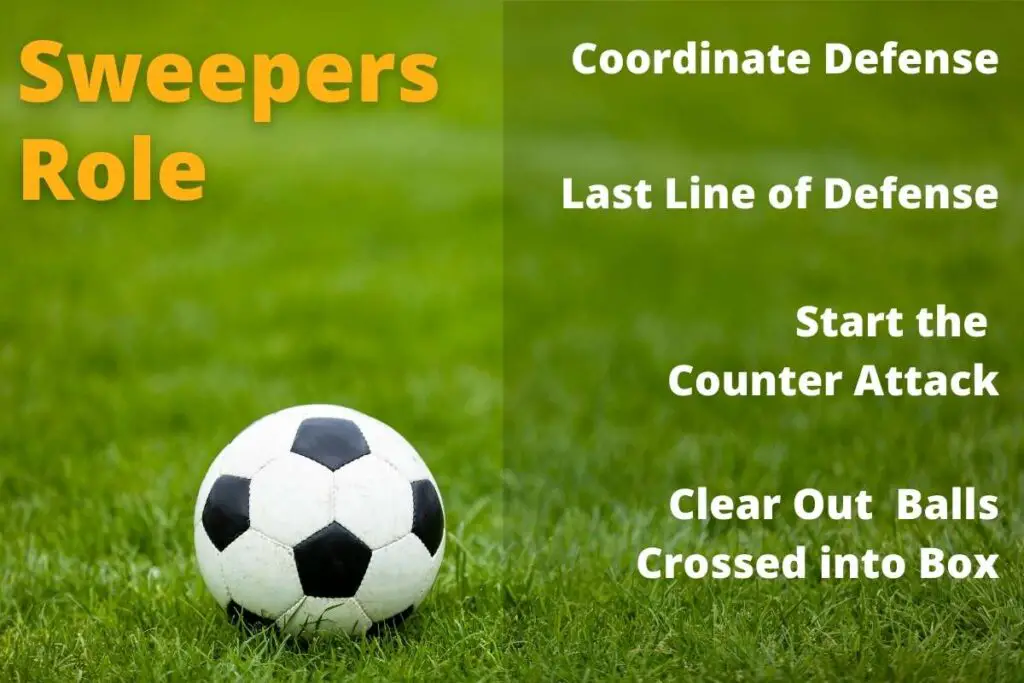
The primary role of the sweeper in soccer is to clear out and eliminate any scoring opportunities in front of the goal. Sweepers are the last line of defense in front of the goalkeeper. Sweepers also coordinate with the other defenders to mark other opposing attacking players as well as in defensive positioning.
The role of a sweeper is quite similar to that of a center-back in that they both play at the heart of the defense and are responsible for leading their teams in defense. Both center backs and sweepers try to intercept passes, break up opposition attacks, and start counterattacks with long passes out from the back.
Where Does A Sweeper Play In Soccer?
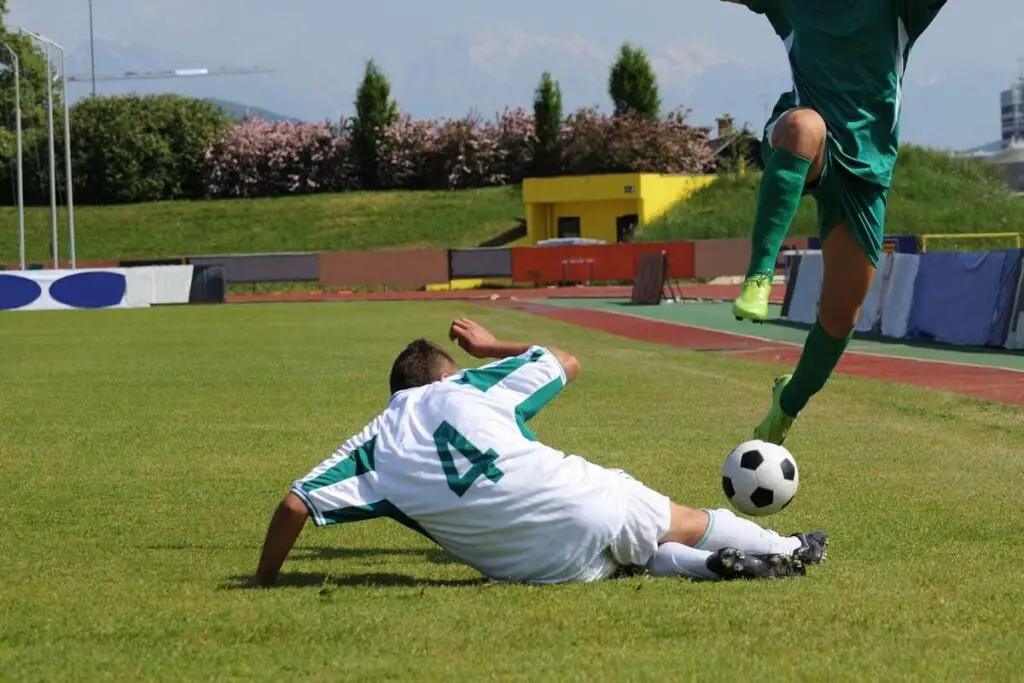
A sweeper is the last line of defense in soccer. The Sweeper lines up behind the rest of the defenders and helps to protect the goal. The Sweeper is the player that must clear out or “sweep” away attacks on goal from the opposing team.
The Sweeper also acts as a last line of defense in front of the goalkeeper. When an opposing forward gets behind the other defenders, it’s up to the Sweeper to tackle or pressure him into a bad shot. If this doesn’t work, the Sweeper must be able to block shots with his body, or at least get in front of them so his goalie can save them more easily.
If you are looking for new cleats, check out our recommended soccer cleats below:
[amazon table=”222″]
What Skills Do I Need To Play Sweeper Soccer
The primary skills needed to be a good sweeper are strong leadership, awareness and decision-making skills, and excellent positioning. To be a good sweeper, you will need to have the ability to read the game. Before you can read the game, you must first understand all the different playing positions and their roles. This knowledge will give you an advantage over your opposition.
Sweepers also need to have good communication skills. They must communicate with their teammates on the pitch to coordinate the defense. Strong communication skills are one of the most critical parts of being a good sweeper soccer player.
Sweepers need to be aggressive. Given their role as the last defender in the formation, there is no room for hesitation. Sweepers must move quickly and decisively toward the opposing attacking player with the ball.
Sweepers must be strong when the ball is in the air. Sweepers must be able to consistently win the ball in the air, especially on corner kicks. Strong heading and positioning skills are required to consistently
Best Soccer Drills For Sweepers
Sweeper drills should focus on developing quickness and agility to help sweepers react quickly to breakaway threats from opponents. Here are two of the best soccer drills for sweepers:
- 1-on-1 Defending Drill
- 2-on-1 Defending Drill
Sweeper Drill 1: 1-on-1 Defending Drill
As the last line of defense, the ability to defend one-on-one situations is a crucial skill all sweepers must have in order to be an effective sweeper.
To run the one-on-one defending drill, do the following:
- Line up the sweeper and the attacking player 10 yards from each other.
- Create a corridor between the sweeper and the attacking player by lining cones in lines to the right and left of the sweeper toward the attacking player.
- Have the attacking player dribble the ball towards the sweeper while the sweeper moves toward the attacking player
- The sweeper should attempt the slow down the attacking player and try to win the ball
Sweeper Drill 2: 2-on-1 Defending Drill
Defending 2-on-1’s in soccer is very difficult. The offensive players have the advantage however sweepers must be able to defend it. Fortunately, there are ways to slow down the opposing attackers in a 2-on-1 and this the drill below can improve your ability to defend it.
To run the 2-on-1 drill, do the following:
- Setup two lines of cones running twenty (20) yards with the lines being 10 yards apart
- Position the sweeper on one end of the cones with the ball and the two attacking players on the other end
- Have the sweeper kick the ball towards the attacking players and have the sweeper immediately move aggressively toward the attackers
- The attackers should move toward the sweepers side of the cones, attempting to get to the other end with possession of the ball
- The sweeper should position themselves between the attackers angling their body toward the attacker with the ball
- The goal of the drill is for the sweeper to slow down the attackers and attempt to win or intercept the ball
What Is The Difference Between Stopper And Sweeper In Soccer?
The main differences between stoppers and sweepers in soccer are:
- Stoppers line up at the tip of the defensive diamond and support the midfielders in defense
- Sweepers lineup at the bottom of the defensive diamond and support the other defenders in defense
The Sweeper is behind the stopper and marks any player who breaks through the defense. If a forward gets past the stopper, the Sweeper’s responsibility is to break up the play using whatever means possible.
The Sweeper’s role is similar to the final boss in a video game. The Sweeper is typically the last line of defense before the goalkeeper and prevents opponents from getting shots on goal.
The sweeper position dates to four-person diamond defenses in professional soccer. However, as tactics have evolved over time, most teams today use either four defenders in a flat line defense or five defenders featuring three center backs in the flat line with wingbacks on each side push slightly up the field.
For more information on stoppers and how to play the stopper position, check out Complete Guide to the Stopper Position.
What Soccer Formations Use A Sweeper?
The W-M formation is one of the most popular soccer formations that use a sweeper, often referred to as a “libero.” This formation uses three forwards, five midfielders, and two defenders; the libero plays behind the other defenders and attempts to push forward into vacant space on offense.
Soccer formations that can be configured to use a sweeper include:
4-5-1 Formation
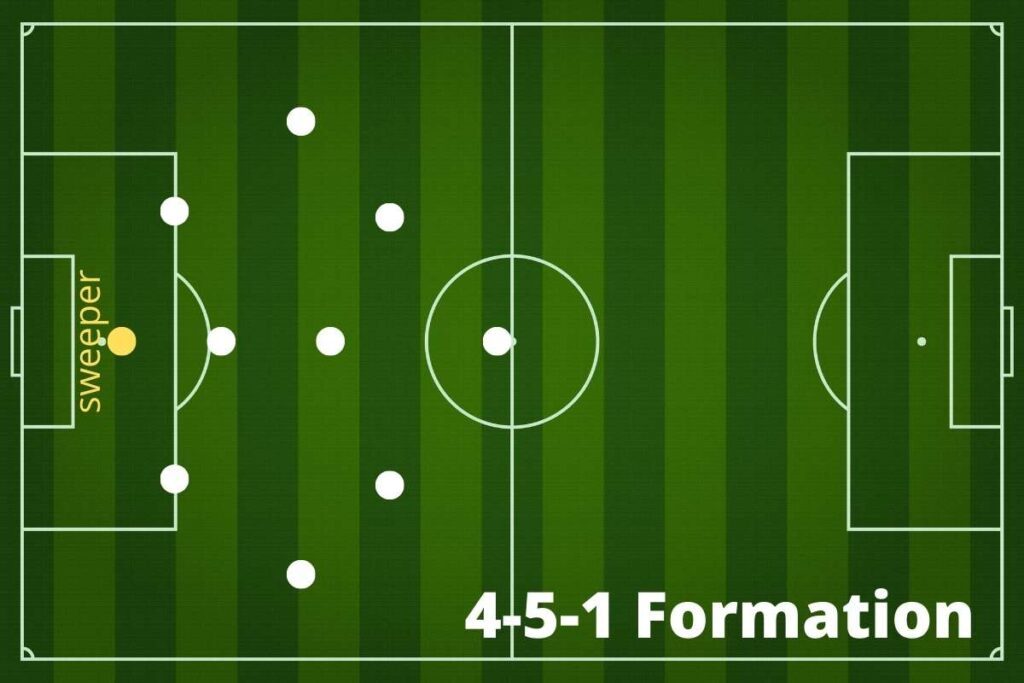
The 4-5-1 uses one forward and five midfielders who support him by taking shots and distributing the ball around the field.
4-4-2 Formation
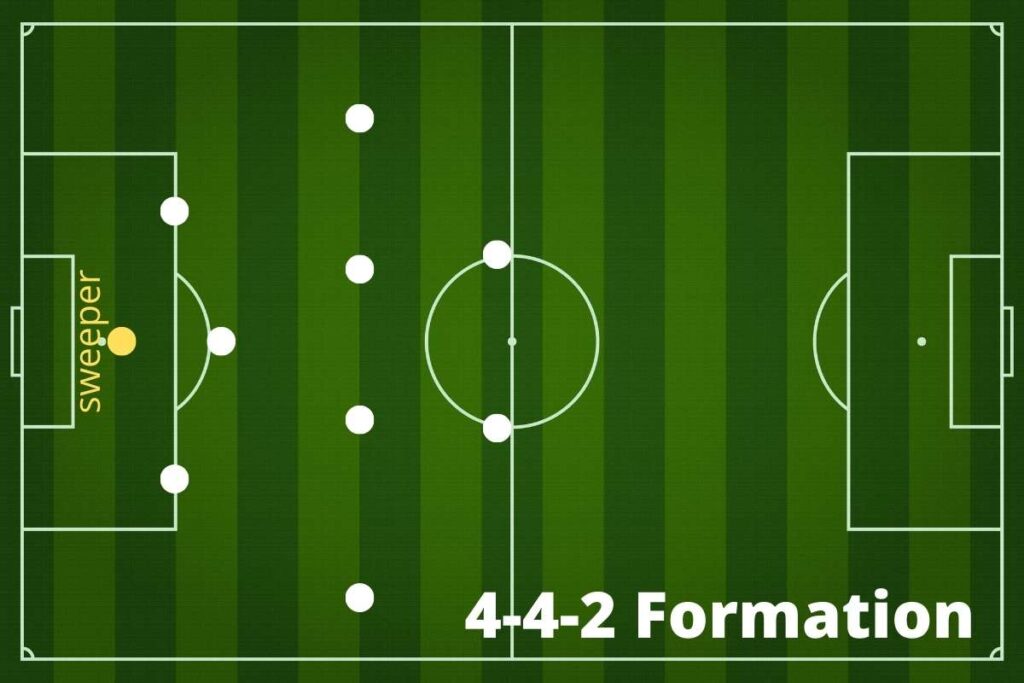
The 4-4-2 is one of the most common formations in soccer and uses two forwards but also places a great deal of emphasis on attacking midfielders instead of defenders
5-3-2 Formation
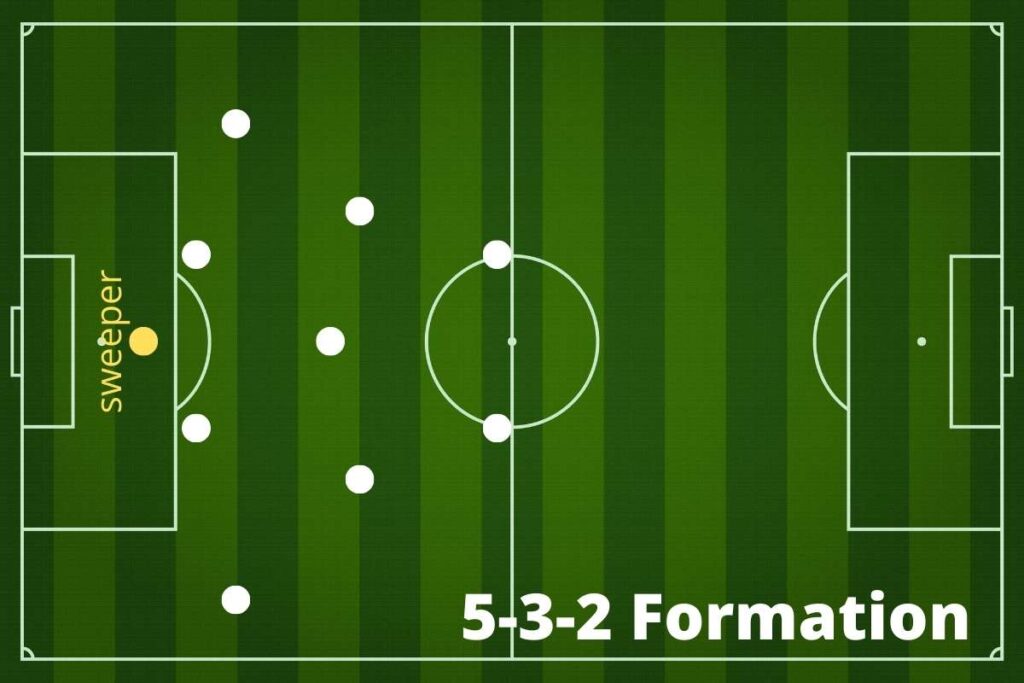
The 5-3-2 is a defensive-oriented formation that is similar to the 4-5-1 but uses three defenders and 2 wingbacks instead of four defenders.
Are Sweepers Used In Professional Soccer
Professional soccer teams don’t really use the Sweeper anymore. However, high school and college soccer teams do sometimes still utilize formations that feature a sweeper.
Most current players who are described as sweepers tend to play in a more libero or center-back role.
The Sweeper was the last line of defense, but he would drop off from the rest of his team and play behind them. He would “sweep up” any loose balls that got through the other defenders. He would also mark any attackers who had escaped the rest of the defense and threaten to break through on goal.
Because there are no offsides, sweepers can now stand on their own goal line without worrying about an attacker being in an offsides position between them and their goalkeeper. If a defender is beaten and the ball goes into space behind him, another defender can follow up to cover, or a midfielder can drop back to help out.
Final Verdict
Playing the sweeper position can be challenging and you need to be aggressive, dependable and knowledgable about the game. However with practice and consistent drilling, you can become a solid sweeper in time.

